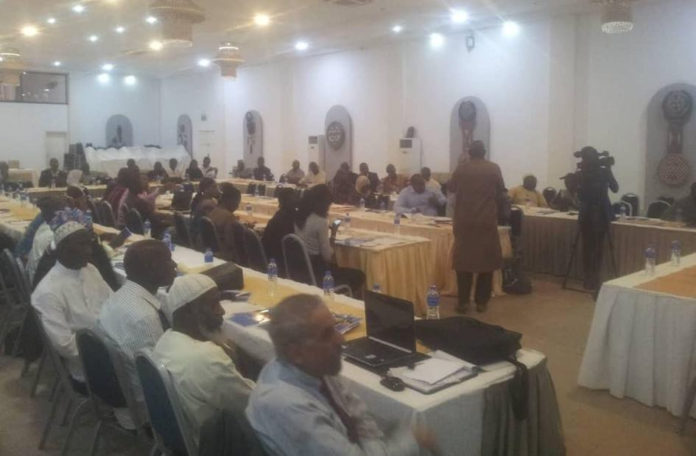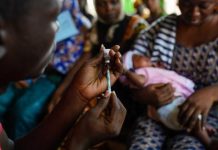By Makutu Manneh
The National Malaria Control Program (NMCP) has validated the 2017 Malaria Indicator survey report.
The report is to provide population based estimates on malaria indicators which includes knowledge, prevalence and prevention, to inform strategic planning and program evaluation.
The event was held at a local hotel in Kololi on Tuesday 2 April 2019, and attended by members of the National Malaria control program, the Ministry of Health, and other stakeholders.
Members were taken through the achievements on Malaria Control and prevention in the country, and on the methodology of the survey
Dr Ayad, the consultant of the program said the survey has achieve its objectives; that in the past eight years, the prevalence of malaria in children has dropped significantly. “Sustainability is the process of maintaining change, and this I believe will be the biggest challenge for the NMCP,’’ he said. Dr Ayad noted that the survey has allowed them to have a wealth of information on household sanitation, knowledge and prevention of malaria in children and pregnant women. He made a presentation on the prevalence of malaria in children between 6-59 months in some African countries in which the Gambia has the lowest patients affected.
Karamba Keita who represented the Minister of Health, said one of the objectives of the NMCP is to measure the coverage of core malarial interventions, which he said includes household level possession of insecticide-treated mosquito nets; that the success highlighted by the report was achieved through concerted efforts by all stakeholders in a shared vision for a malaria free Gambia.
“I urge all to embrace these new results, findings, and recommendations,” Keita said.
Alieu Darboe presented the key findings to members and indicated that the report is a follow-up to the Gambia Malaria Indicator report of 2014. In his presentation, he said the survey provides updated demographic and health indicators covered in the Gambia’s demographic and health survey of 2013.




















